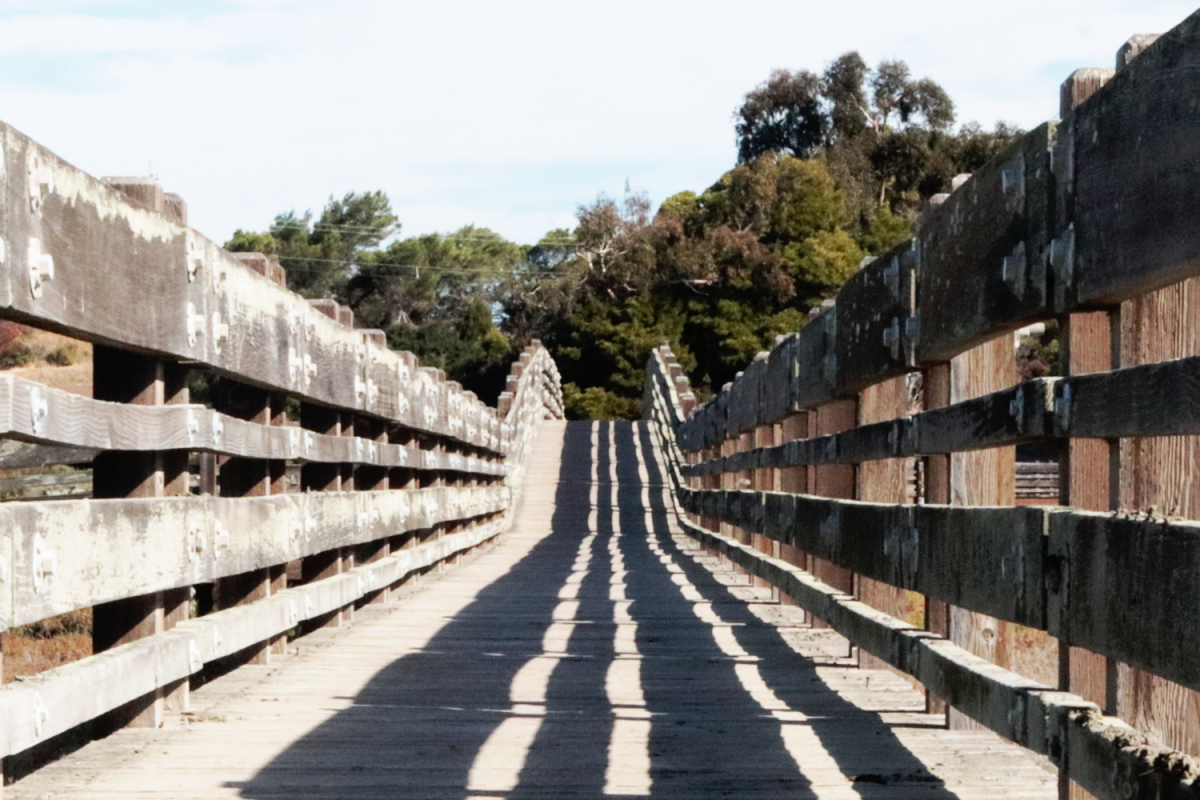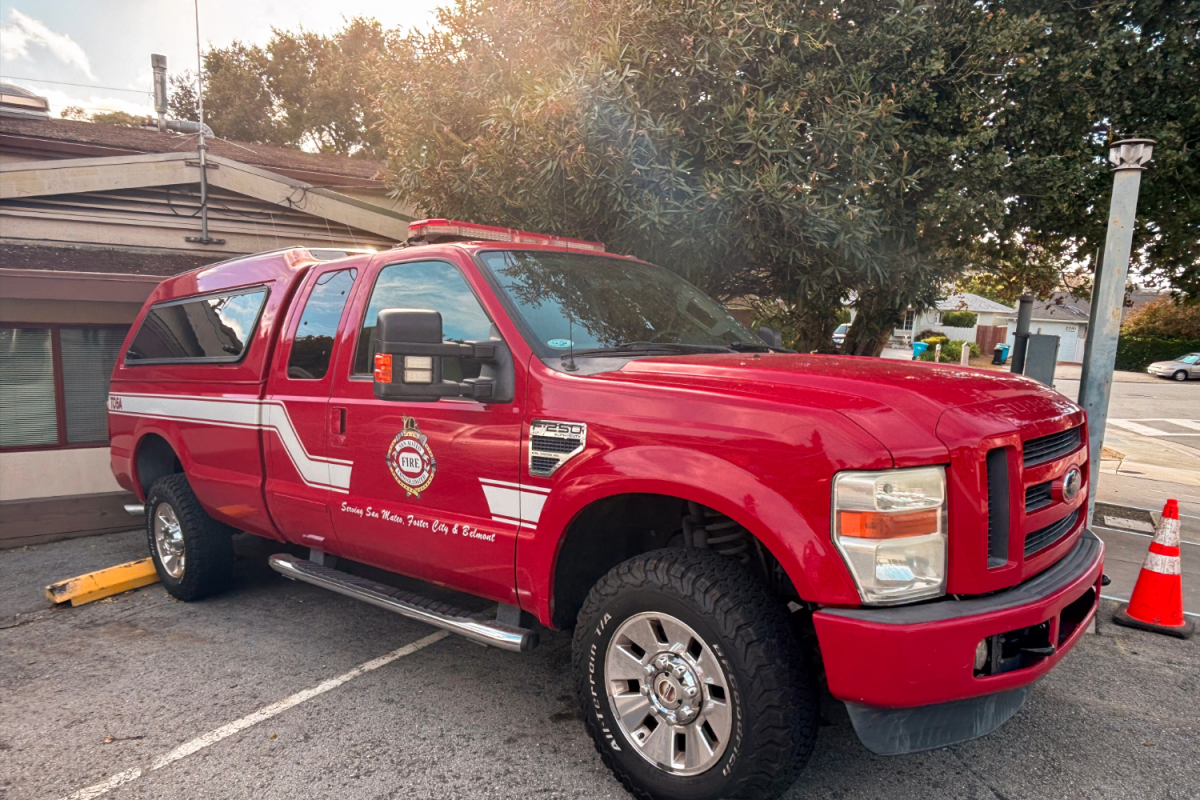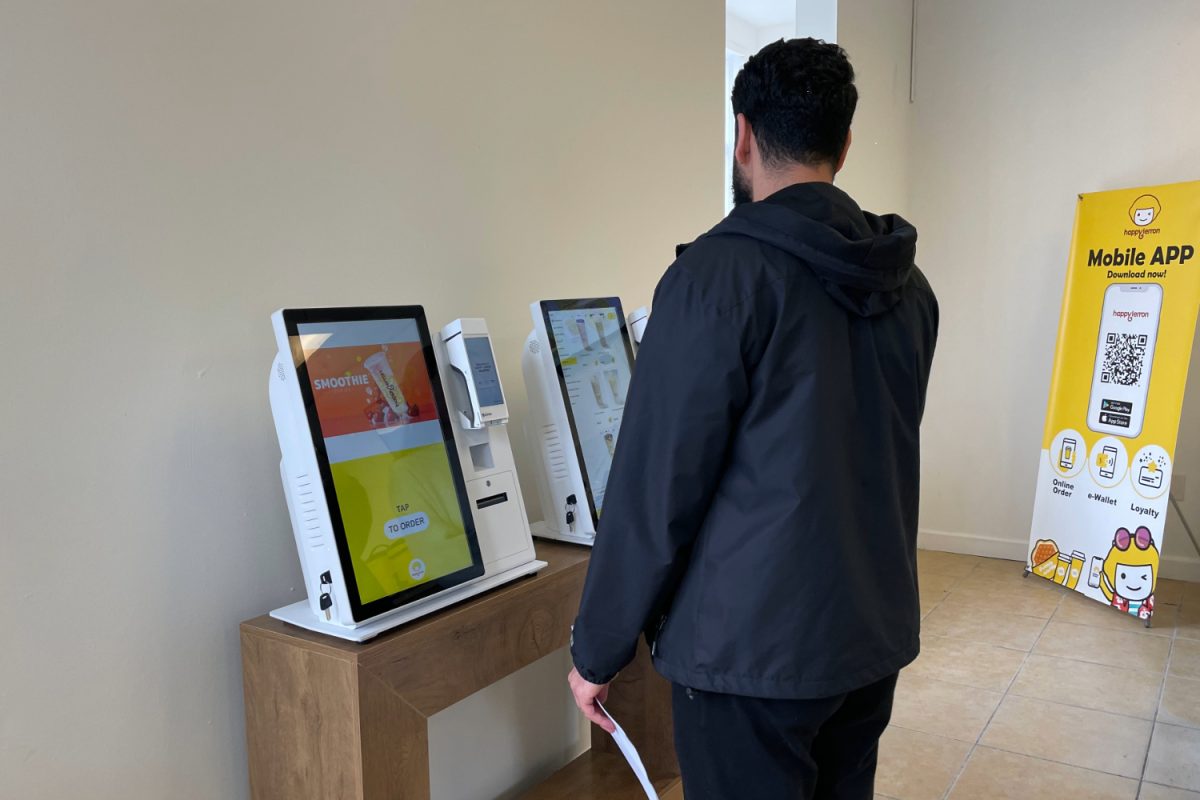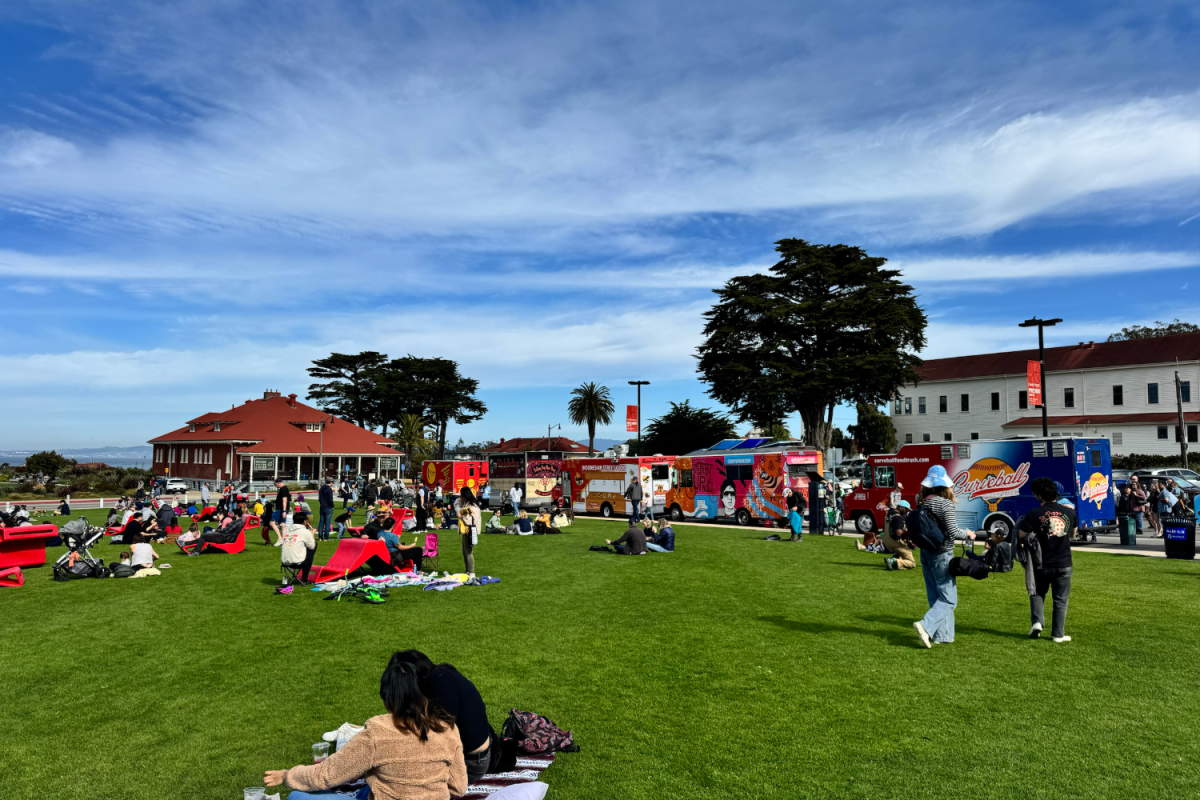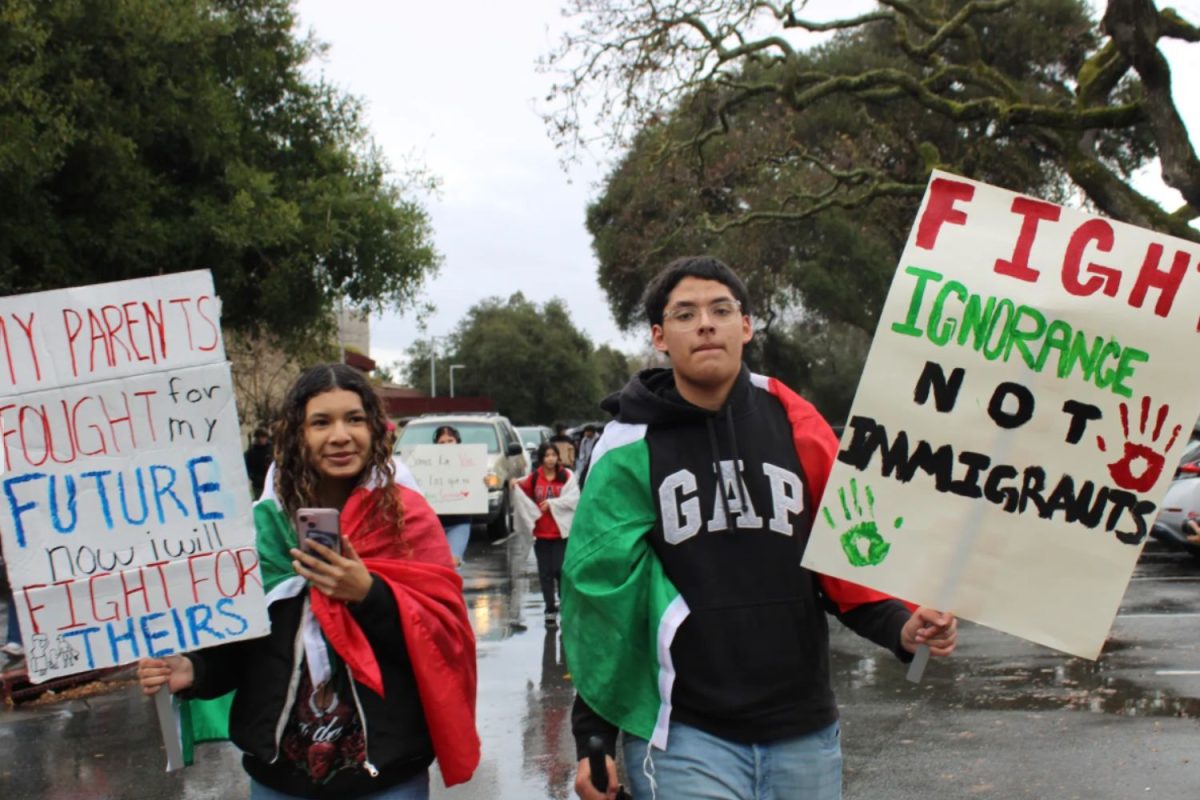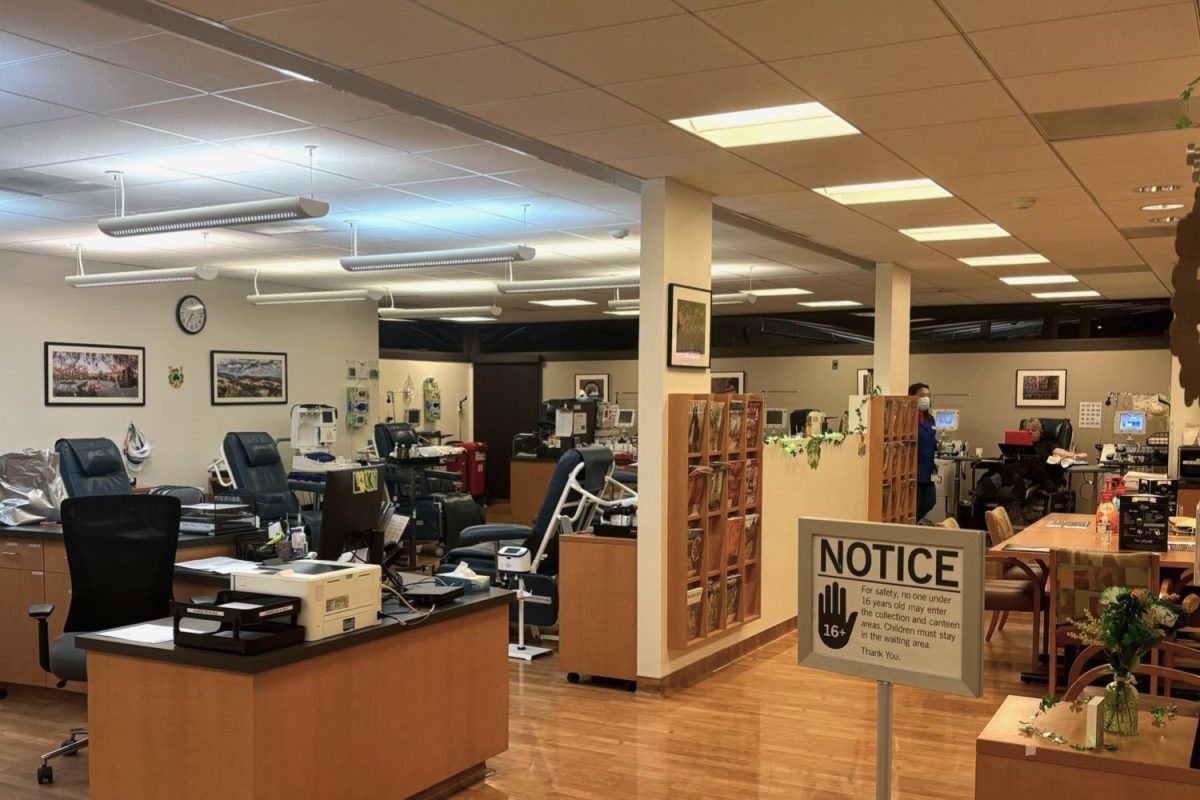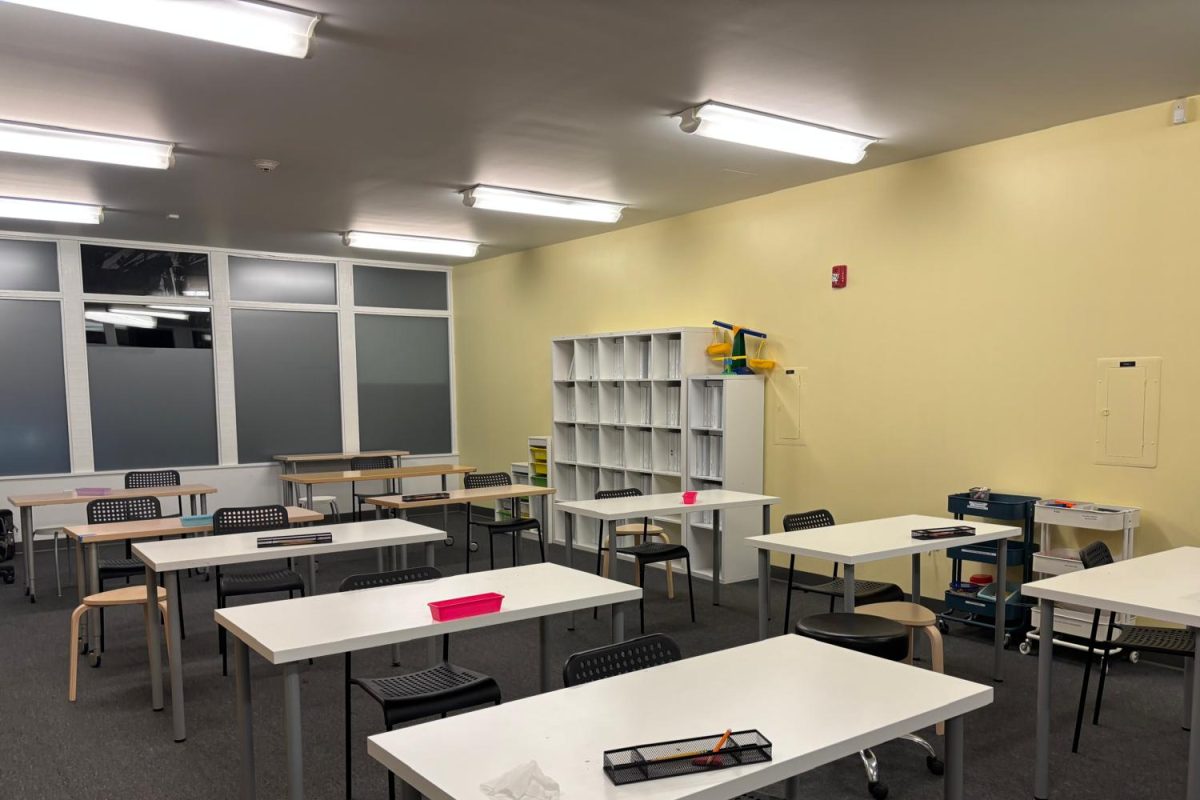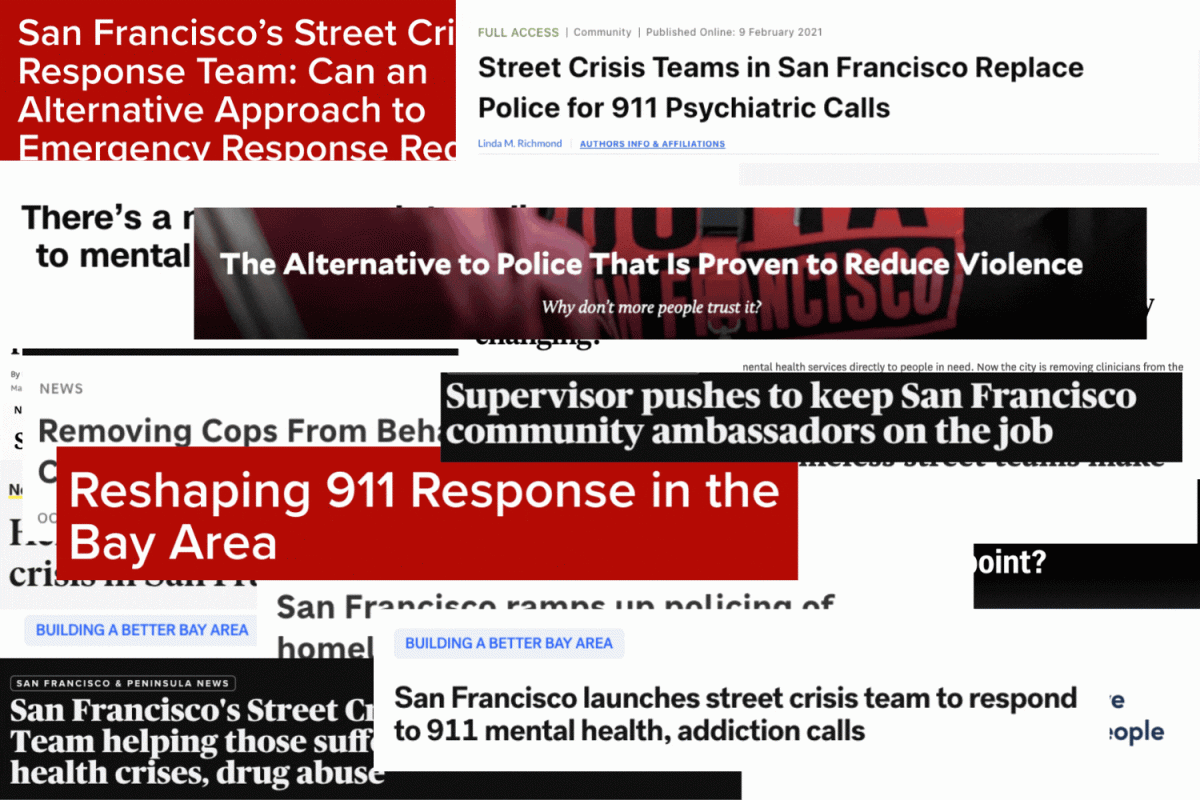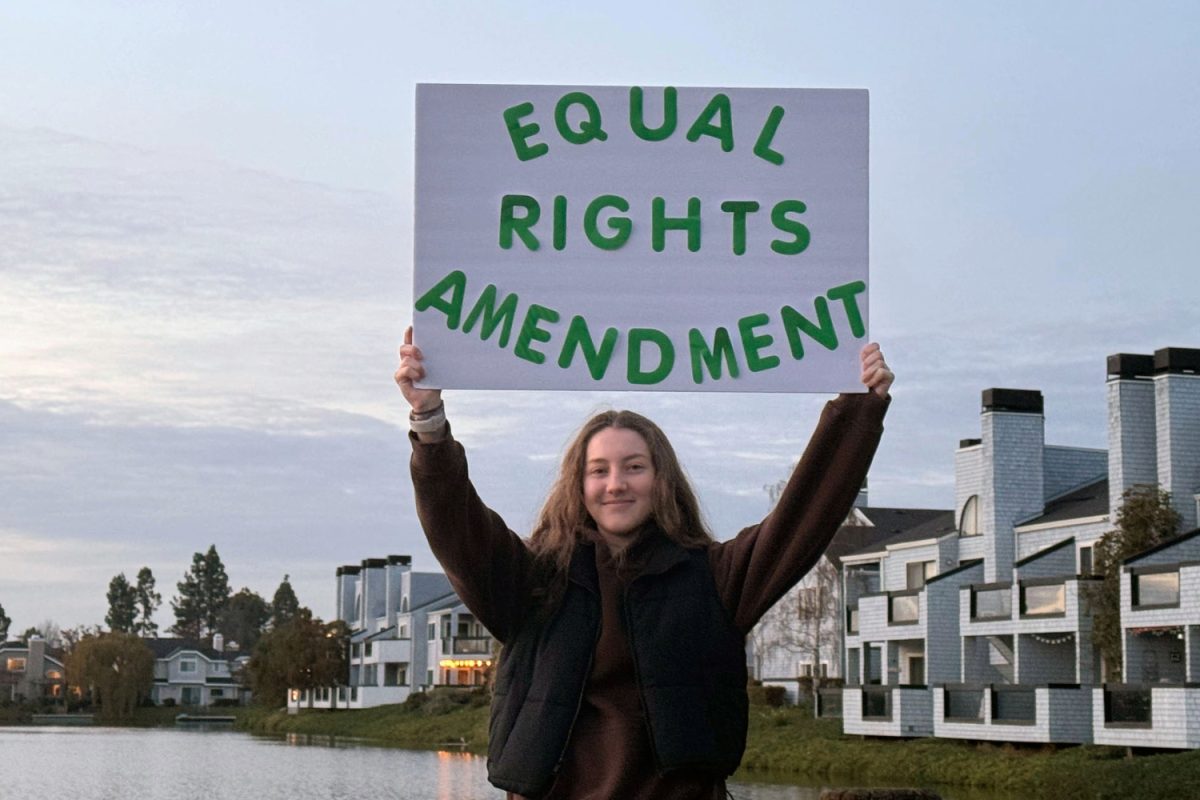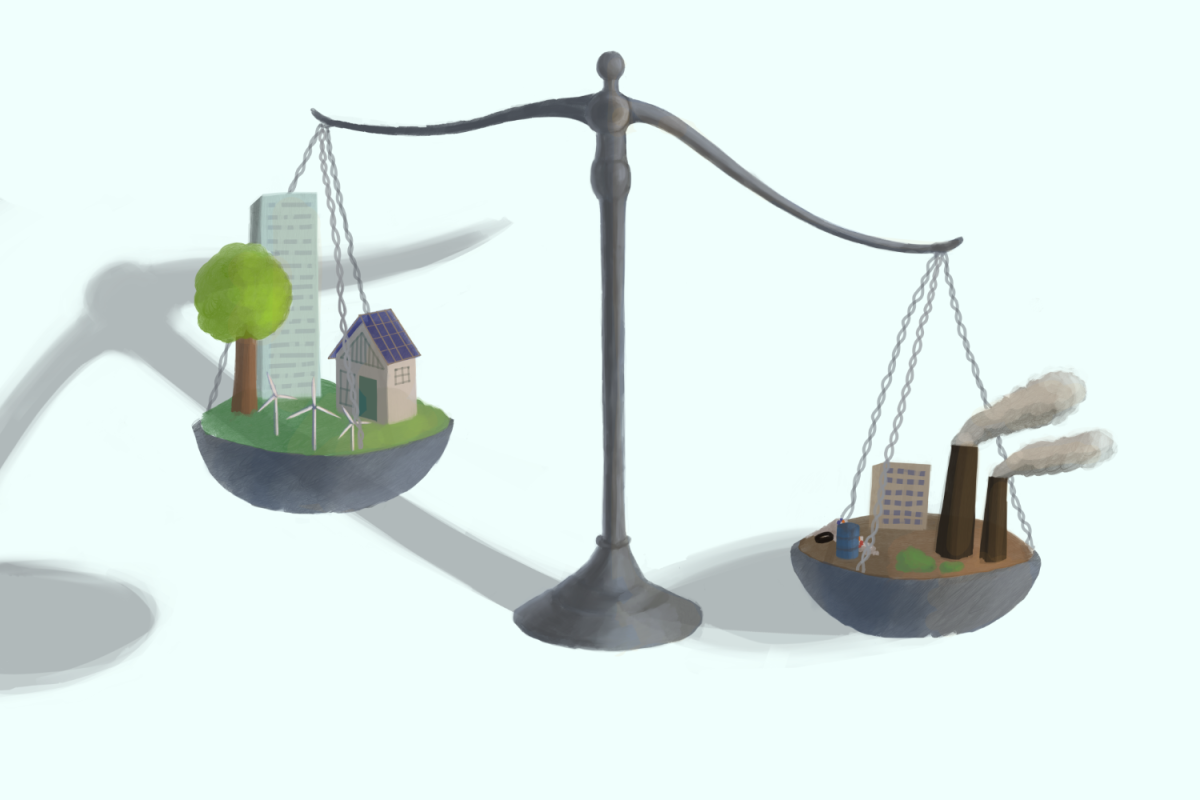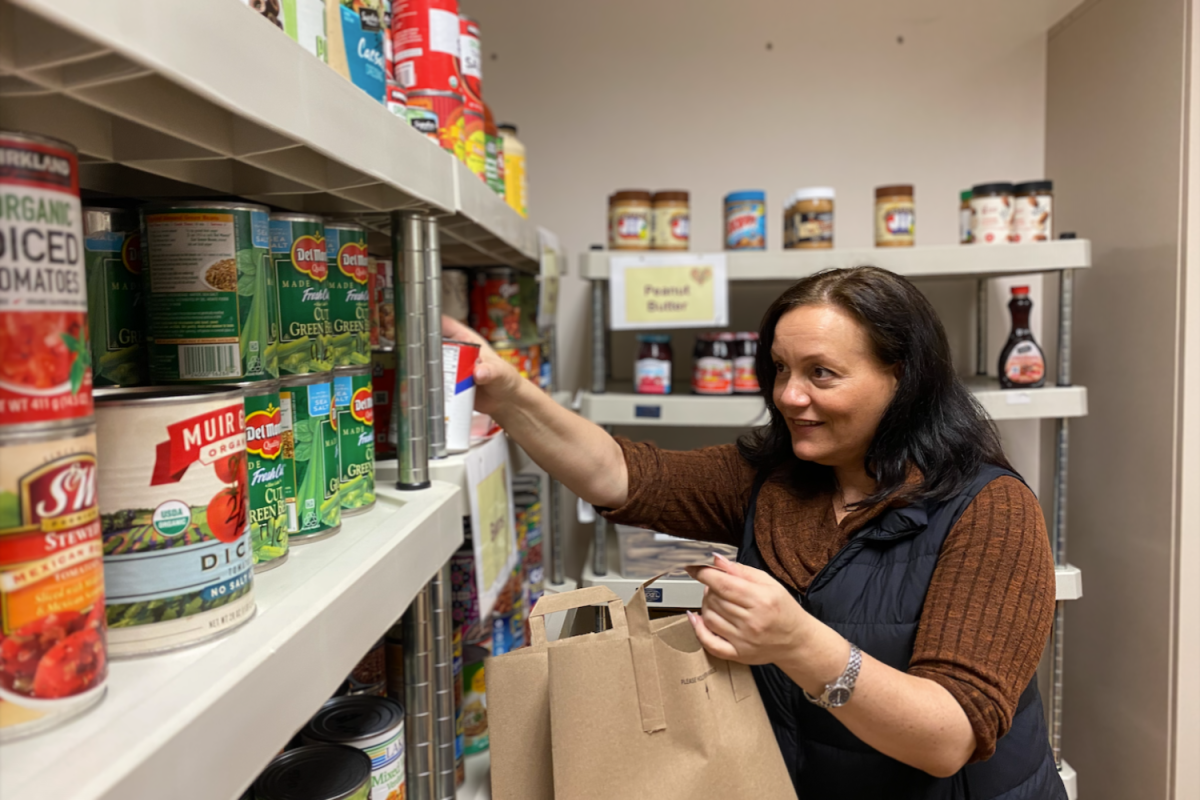Nestled southwest of Fremont, California, the city of Newark can only be described as a familiar beauty. Home to miles and miles of some of the last remaining salt marshes in San Francisco, these coastal wetlands are vital to preserving Bay Area ecosystems and protecting them from climate change.
And now, developers plan to fill them with over 1 million cubic yards of landfill and cement.
The Bay Area once consisted of over 190,000 acres of wetlands but has since lost over 90% of them to human development and impacts, according to a Baylands Ecosystem report. The few wetlands that remain are home to species such as the endangered salt marsh harvest mouse and the Ridgway’s rail.
“Wetlands are a hidden gem in our community,” said Denise Miller-Sanchez, a climate activist and resident of Newark.
As of right now, there are two proposed plans for wetland development within the historical wetland known as Newark Area 4: Mowry Village and Sanctuary West.
The proposed Mowry Village development plan encompasses 29 acres of land and utilizes 56,000 cubic yards of landfill to raise and construct 203 homes after removing the currently existing Schnitzer Steel Pick-n-Pull, an old auto parts store.
In contrast, the Sanctuary West development encompasses 430 acres and would place 1.6 million cubic yards of fill atop Newark Area 4 — all currently open space — to construct 469 homes.
Combined, these two projects could place around 700 new homes on the Newark shoreline.
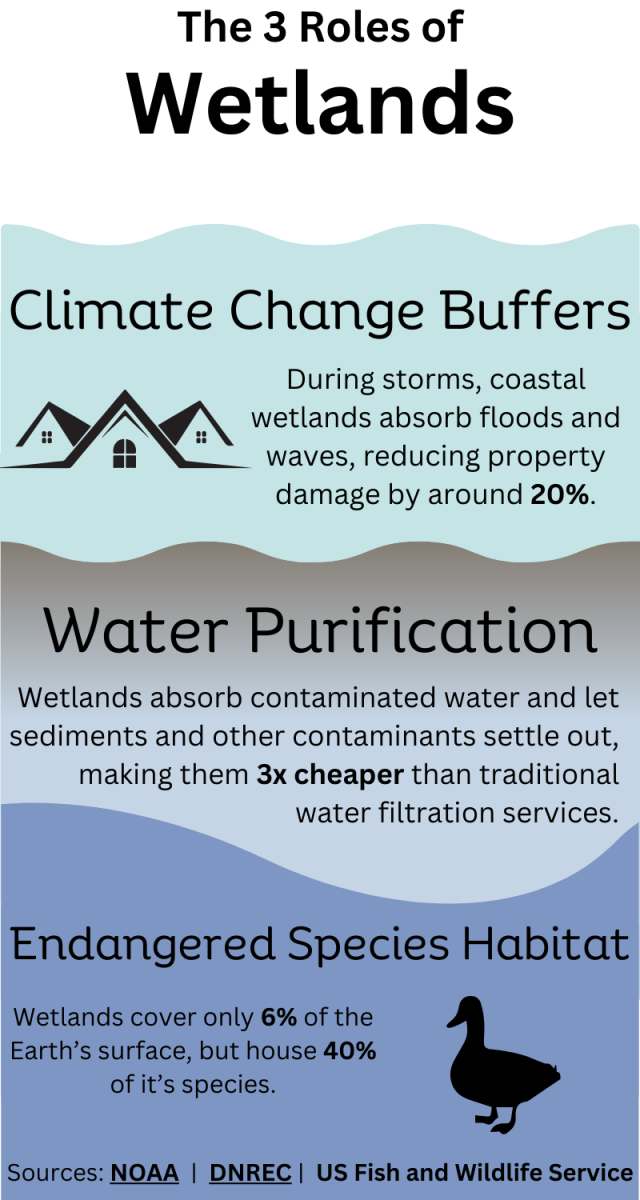 “Most people in the housing space know that greenfield development is much cheaper than infill development,” said Victor Flores, the East Bay resilience manager of Greenbelt Alliance. “The only problem is that greenfield development is the most harmful for the environment.”
“Most people in the housing space know that greenfield development is much cheaper than infill development,” said Victor Flores, the East Bay resilience manager of Greenbelt Alliance. “The only problem is that greenfield development is the most harmful for the environment.”
For context, greenfield development is the action of developing on previously undeveloped land, like wetlands or deserts. Conversely, infill development involves developing on or next to a previously developed area.
While the Mowry Village development has not yet been approved, the initial Sanctuary West development proposal was approved by the Newark City Council in 2019, putting Newark residents on the clock to prevent development.
“When we place development in low-lying areas that will be susceptible to future flood inundation, we’re just shooting ourselves in the foot over and over again. We have to change our thinking about where we plan development,” said Carin High, the co-chair of the Citizens Committee to Complete the Refuge (CCCR).
Besides the CCCR, many other prominent community initiatives continue to advocate for the protection of Newark wetlands, including the Sierra Club San Francisco Bay Chapter, Tri-City Ecology Center, and Greenbelt Alliance.
“Time and time again, our region has banded together to protect our bay, and we’ll continue to pursue every avenue to stop this poorly planned development,” High said.
The city of Newark first approved the development in its Area 4 Baylands in 2010. However, the CCCR launched a lawsuit against the project because of its deficient Environmental Impact Report (EIR), forcing the city to revise the report.
Again, in 2019, the CCCR launched another lawsuit against the Sanctuary West project, asserting that its new EIR was insufficient.
However, the California First District Court of Appeals sided with the city of Newark, stating that the environmental ramifications, which stand to occur between 50 and 80 years from now, are not part of the current project.
As recently as Nov. 4, a community meeting was held by the CCCR, Greenbelt Alliance, Tri-City Ecology Center, and Sierra Club Bay Chapter to discuss plans for raising awareness on the issue.
In 2023, over 40 different bay scientists released the Scientist Consensus Statement, which detailed the importance of preserving Newark’s wetlands.
“Newark Area 4 is simply one of the most important, unprotected wetland ecosystems remaining in San Francisco Bay, and one of the region’s best opportunities to employ nature-based solutions to combat climate change,” said the statement.
The estimated sea level rise over the next 80 years is predicted to be anywhere from 84-120 inches, according to the Intergovernmental Panel on Climate Change (IPCC) Sixth Assessment Report. In addition, events such as El Niño or king tides raise California’s sea level a further 4-12 and 12-24 inches, respectively.
According to Sanctuary West’s own hazard report, multiple hazardous chemicals exceed their human-safe limits inside Area 4, such as dieldrin, toxaphene, and dichlorodiphenyltrichloroethane. All are historical insecticides banned for their neurotoxic effects on humans.
The proposed Mowry Village project is not free from hazards either. The to-be-demolished auto-wrecking yard presents multitudes of hazardous conditions. According to an Environmental Site Assessment of the Pick-n-Pull, human hazards are present such as lead and PAHS, which is a carcinogenic byproduct of gasoline.
Construction of these areas is still years away. Nevertheless, with the threats presented by climate change looming on the horizon and the lives of the bayland animals at stake, it is important to take action soon.
“Our wetlands can’t be reclaimed once they’re lost. If we destroy them, they’ll be gone for good,” said climate activist Kelly Miller-Sanchez.
Resources:
Petition to stop the Mowry Village project here.
View the effects of sea level rise: Bay Shoreline Flood Explorer and OCOF Hazard Map.

